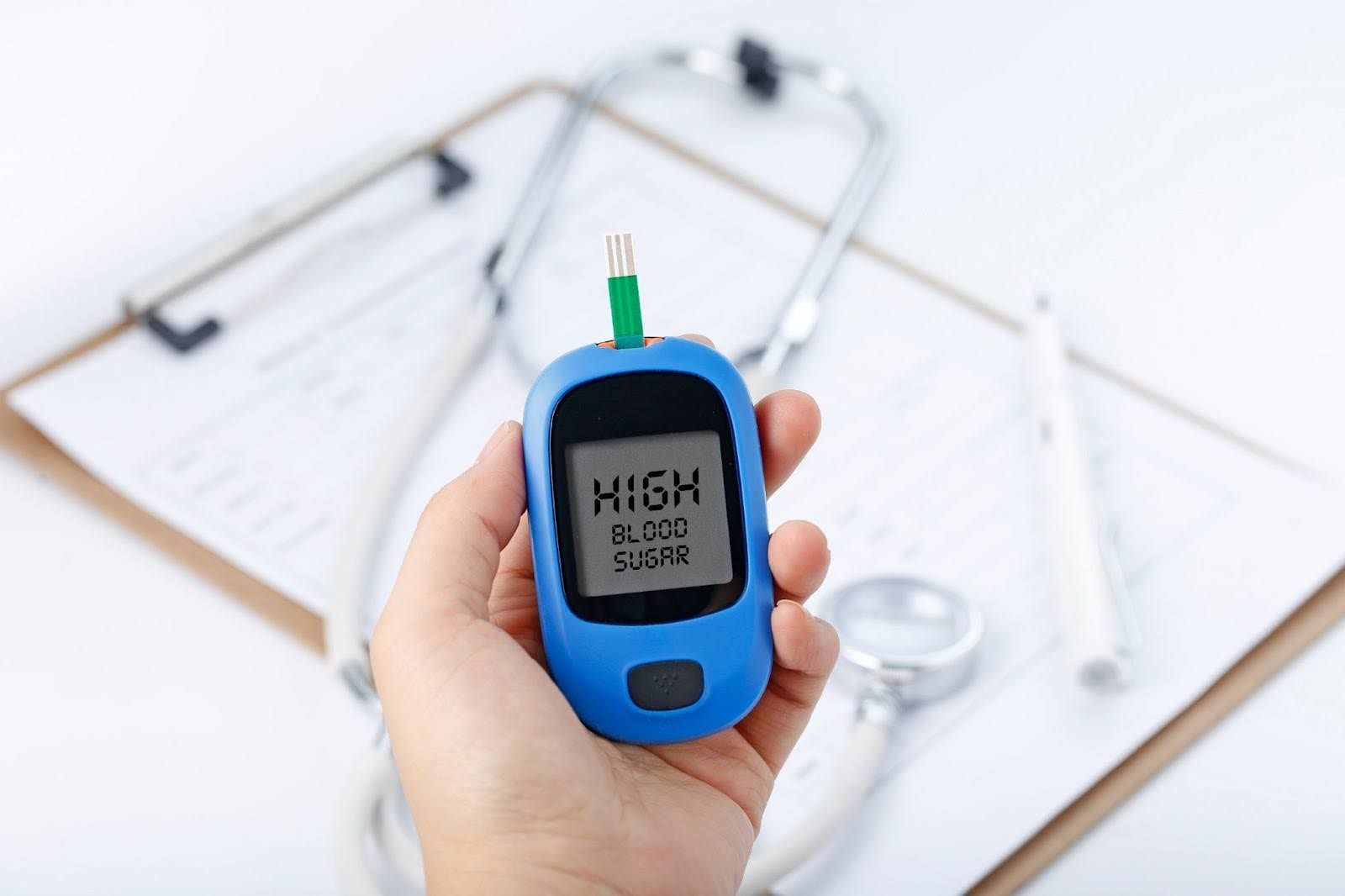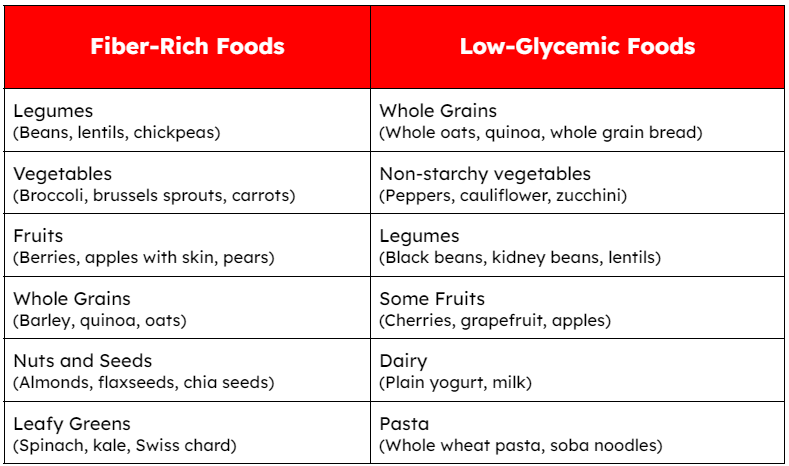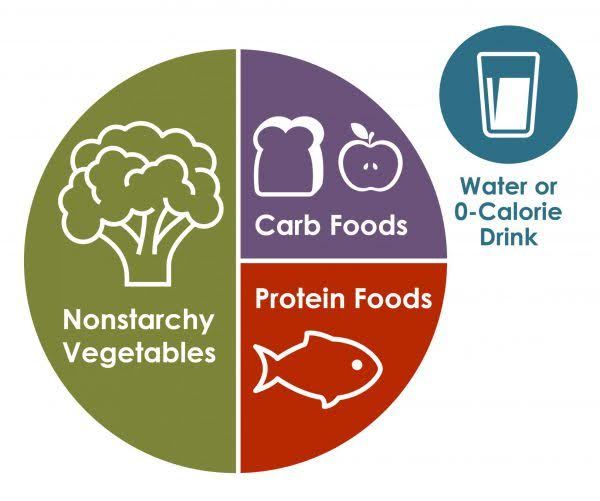Understanding Prediabetes: What It Is and Why It Matters

The International Diabetes Federation estimates that 537 million suffer from diabetes in 2021. Of this, 90% suffer from diabetes mellitus or Type II Diabetes. Amidst the global diabetes crisis, the lesser-known yet critical player, prediabetes, offers a window of opportunity to prevent more serious conditions from developing.
Prediabetes is a health condition that often goes unnoticed. People miss that this is a critical warning sign for the development of Type II diabetes--an all-too-prevalent killer disease.
Diabetes is one of the leading causes of severe health issues and high mortality rates. In Stanislaus County, 12% of adults have diabetes which is above the average compared to the rest of California.
Understanding and addressing what prediabetes (borderline diabetes)is has become more critical than ever. Here are the key facts about prediabetes and steps you can take if you or a family member might be at risk.
What Does Prediabetes Mean?
Prediabetes is characterized by glucose or blood sugar levels that are higher than normal but are not high enough to qualify as Type II Diabetes. Normally, fasting blood sugar levels should be between 70 mg/dL to 100 mg/dL. In prediabetes, these levels are typically between 100 mg/dL and 125 mg/dL.
It's a warning sign, indicating your pancreas is starting to struggle to maintain normal blood sugar levels. The pancreas releases insulin, the hormone that helps body cells absorb glucose. Once the pancreas fails to produce enough insulin, the condition develops into Type II Diabetes.
The good news is that if borderline diabetes is detected early enough, you can still change your lifestyle to reverse it. If you believe you or a loved one is at risk for prediabetes, now is the best time to
schedule an appointment with your doctor.
Health Risks of Prediabetes
Without the proper treatment, a prediabetic individual faces a higher risk of severe health complications such as:
1. Cardiovascular Disease
People with prediabetes are at a higher risk for cardiovascular problems, including stroke and heart disease. Elevated glucose levels damage blood vessels and nerves, leading to poor circulation and elevated blood pressure.
2. Kidney Disease
The kidneys filter waste from the blood, regulate blood pressure, and maintain our body’s electrolyte balance. Over time, high blood sugar levels overburden these organs and damage the kidney's filtration system, leading to chronic kidney disease and kidney failure.
3. Eye and Nerve Damage
Excess sugar in the blood weakens and damages blood vessels in the eyes, causing conditions such as diabetic retinopathy. Initially, it manifests as minor vision problems but slowly progresses to blurred vision, floaters, dark areas of vision, and even loss of sight.
Similarly, nerve damage or neuropathy can occur. This condition causes pain and numbness, primarily in the hands and feet. A person will find it difficult to walk or balance, increasing the risk of falls.
4. Metabolic Syndrome
Prediabetes often occurs alongside other conditions, such as high blood pressure, high cholesterol, and obesity, a cluster of conditions known as metabolic syndrome. This syndrome profoundly affects daily life.
For instance, obesity can lead to mobility issues and increased fatigue, making everyday tasks more challenging and affecting the overall quality of life. It can also contribute to respiratory problems and sleep disturbances.
High blood pressure isn't just a number on a medical chart; it may contribute to
mood fluctuations and emotional challenges, as well.
Signs of Prediabetes
It's easy to dismiss pre-diabetic symptoms as minor health issues, but paying attention to these signs can save your life. Here’s what to watch for:
- Blurred vision
- Tiredness or fatigue
- Slow healing of cuts and wounds
- Tingling or numbness in hands or feet
- Increased thirst and frequent urination
- Patches of dark, velvety, darkened skin (acanthosis nigricans) in the armpits and neck
What Causes Prediabetes?
The exact cause of prediabetes remains unknown, but several factors have been identified to increase its chances, including:
- Family history of Type 2 Diabetes
- Obesity or being overweight, particularly when the weight is mainly around the abdomen
- Lack of exercise or a sedentary lifestyle which contributes to weight gain and affects how your body uses insulin
- Consumption of high amounts of sugar and processed foods, combined with a sedentary lifestyle
- Age, particularly as you get older, although it's increasingly seen in younger people due to rising obesity rates
- Polycystic ovary syndrome (PCOS), high blood pressure, and abnormal cholesterol levels
How is Prediabetes Diagnosed?
It's essential to get tested if you have risk factors for prediabetes. The U.S. Preventive Services Task Force lowered the initial screening age for prediabetes and recommended that overweight people aged 35 and above be tested even without symptoms.
Healthcare professionals use several tests to determine if an individual's blood sugar levels fall within the prediabetes range. These tests include:
- Fasting Plasma Glucose (FPG) Test: This diagnostic test measures blood sugar levels after an 8 to 10-hour fast. Glucose values between 100 and 125 mg/dL are considered to indicate prediabetes.
- Oral Glucose Tolerance Test (OGTT): Following an 8-hour fast, you drink a sugary liquid, and your blood sugar levels are monitored at intervals over two hours. A result between 140 and 199 mg/dL after two hours suggests prediabetes.
- Hemoglobin A1c Test: This test calculates the average blood sugar level over the previous two to three months. An A1c level of 5.7% to 6.4% is classified as prediabetes.
It is important to monitor your blood sugar levels regularly. Facilities like the Rural Health Network offer
Wellness Exams, including comprehensive health assessments and screening diagnostics to detect conditions like prediabetes.
How to Treat Prediabetes
Prediabetes is not yet the end of the road. Following the right strategies can reduce your risk and even return your blood sugar levels to normal. Lifestyle modifications, monitoring, and medical interventions stop the progression of prediabetes. Here are different lifestyle modifications and prediabetes treatments:
1. Better Food Choices
Low-glycemic foods release glucose into the bloodstream more slowly, preventing sudden spikes in blood sugar levels. Similarly, fiber-rich foods help improve blood sugar control by slowing the absorption of sugar. Together, these dietary choices help stabilize blood sugar levels, reduce hunger, and ultimately support the body in returning blood sugar levels to a normal range.
Add more of these foods to your daily meals:

2. Control Portion Sizes
Controlling portion sizes is crucial for managing prediabetes because it prevents excessive calorie intake and blood sugar spikes. The Centers for Disease Control and Prevention's plate method provides a simple, visual way to ensure proper portion size. Use a 9-inch dinner plate and fill it with the following recommended portions.
- 1/2 of the plate should consist of non-starchy vegetables (green vegetables, carrots, cauliflower).
- 1/4 of the plate should contain lean proteins (turkey, chicken, tofu, eggs, and beans).
- 1/4 of the plate should include carbs (brown rice, sweet potato, legumes, grains).
- Choose water or a low-calorie drink to pair with your meal. You must count a glass of milk as a carb food.

Source: CDC’s Diabetes Meal Planning
3. Increased Physical Activity
Regular exercise is vital for managing prediabetes because it improves insulin sensitivity and normalizes blood sugar levels. Aim for a mix of:
- Aerobic Exercise: Do activities like walking, running, cycling, and swimming for at least 150 minutes per week.
- Resistance Training: Do strength training exercises at least twice weekly to build muscle mass and improve overall metabolism.
4. Weight Management
Losing at least 5-10% of body weight can significantly improve overweight people's blood sugar levels and insulin sensitivity. Weight loss strategies should be sustainable and focus on long-term changes rather than quick fixes.
Aim for a weight loss of 1—2 pounds per week. You can achieve this by maintaining a calorie deficit or consuming fewer calories than you burn. Calorie deficit forces the body to use stored fat for energy, resulting in weight reduction.
Use a food diary or an app to monitor your eating habits, physical activity, and weight over time.
5. Regular Monitoring
Regular blood sugar monitoring can help track the effectiveness of lifestyle changes and ensure that your levels remain within the target range. Our healthcare providers at Rural Health Network recommend routine A1c tests to monitor your average blood sugar over several months.
6. Sleep and Stress Management
Since prediabetes and fatigue are closely related, prioritizing good sleeping habits to improve energy is essential. Poor sleep raises cortisol levels, which in turn, makes the body less responsive to insulin, complicating blood sugar management. Get at least 7 to 9 hours of quality sleep per night and use stress-reduction techniques such as meditation, yoga, or deep breathing exercises.
7. Regular Check-Ups
Regular visits to our doctors at Rural Health Network for blood sugar monitoring are essential. These check-ups help track the effectiveness of lifestyle changes and adjust strategies as needed. Healthcare providers also offer valuable guidance on managing prediabetes. They will recommend specific dietary changes and exercise plans tailored to you. Some doctors will even refer you to specialists such as dietitians for further support.
8. Medication
While lifestyle changes are the first line of defense in treating prediabetes, some individuals may require medicines to manage their blood sugar levels if their condition does not improve. Doctors commonly prescribe Metformin to lower glucose production in the liver and improve insulin sensitivity. Healthcare providers may also prescribe other medications to manage blood sugar levels, cholesterol, or high blood pressure.
Prediabetes Treatment in Newman, California
If you or a loved one has diabetes or is at risk of prediabetes, it’s important to take action as soon as possible.
At
Rural Health Network, Inc., we're here to help you every step of the way. Our
chronic care management service enables you to manage your health effectively. Whether you need to control your blood sugar levels, improve your diet, or get the proper medical interventions, our doctors and healthcare staff are ready to support you.
Remember, identifying health issues early on gives you a chance to turn things around before it's too late. Your path to better health and wellness begins here. For more information,
message us online or call (209) 862-3604.










